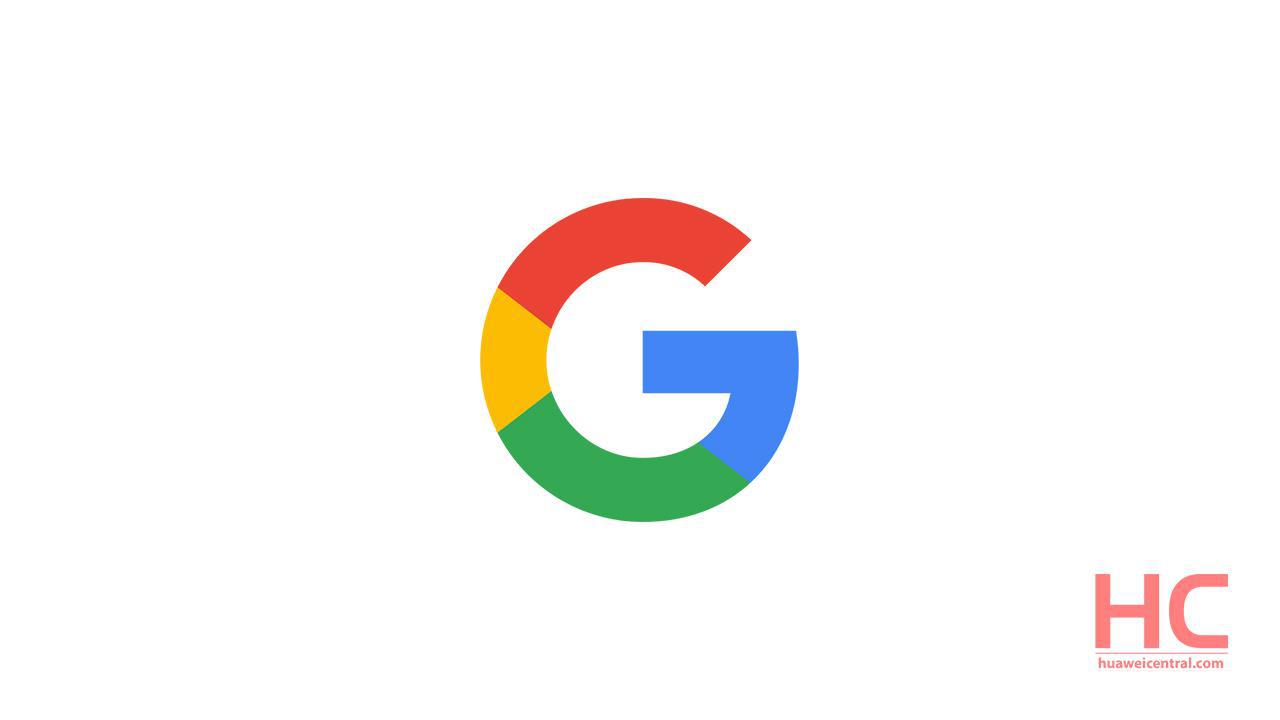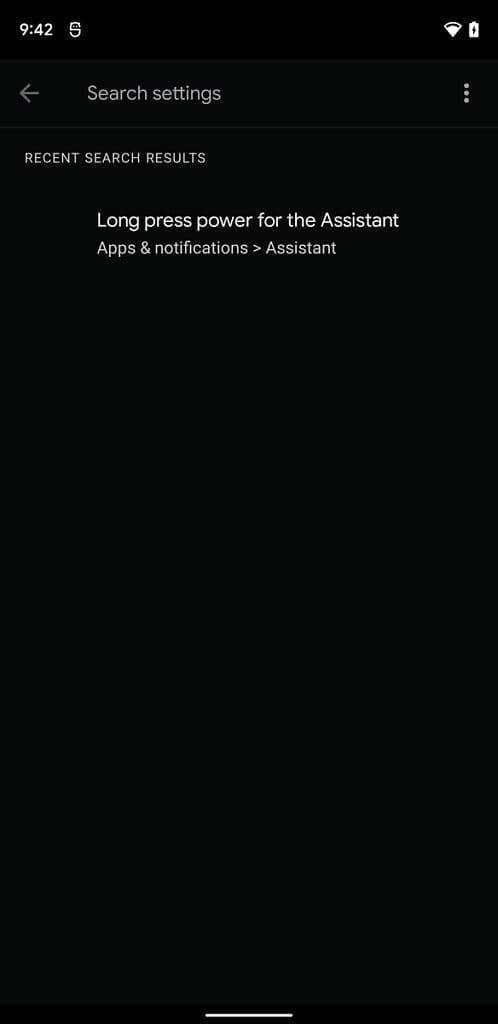Android
Google to launch new Google Assistant trigger for Android phones

Google’s AI virtual helper Google Assistant put control over our command and allows us to do several works from online streaming to text messages.
All the trigger stored in the Android Google Assistant’s library works amazingly and provides convenience. The operation is also easy just by long-pressing the home button and activating it saying “Hi Google” or “Okay Google”.
As reported previously, Google is preparing for the launch of the next version of the mobile operating system, Android 12. Meanwhile, the developer beta testing is still underway, which is available for Google Pixel 3 and other devices.
According to the latest news, the Google App with app version number 12.18.6.29 has shown some new libraries. It indicates that Google has begun adding it to the new power button Assistant trigger to the app, which allows you to order the Assistant by long-pressing the power button.
When this gesture will officially be released for Android smartphones, users can easily enable it by navigating to the Assistant settings on their phone.

However, for those devices that run the Android 12, it can be found within the Apps section in the Settings app, whereas those that are working on Android 11 or below will show up in the Apps & Notification section of the Settings app.
Besides, Google is also adding some more features such as making easy payments while your phone is connected to Android Auto or when it’s opened.
Furthermore, these gestures are undergoing the developing stage, the company hasn’t officially announced anything yet. We will keep you posted about it, so stay tuned.
(Via)







